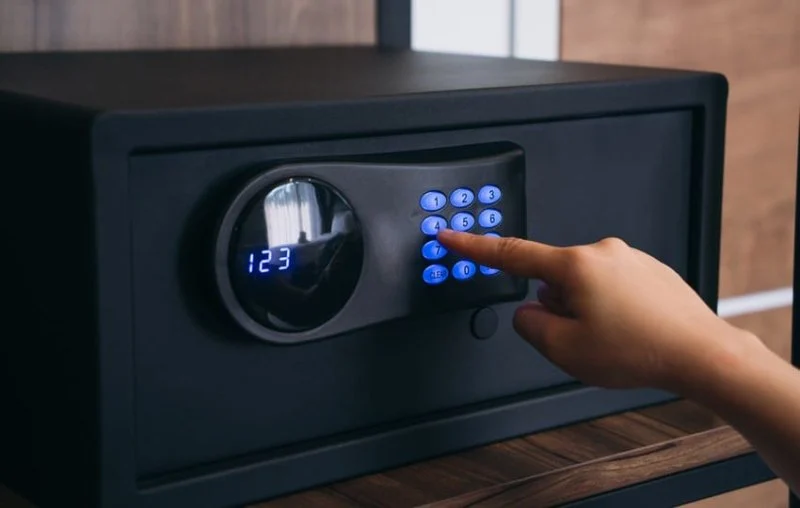
- how-to-choose-the-right-safe-for-your-valuables—understanding-your-security-needs
- how-to-choose-the-right-safe-for-your-valuables—types-of-safes-and-their-differences
- how-to-choose-the-right-safe-for-your-valuables—key-security-features-that-really-matter
- how-to-choose-the-right-safe-for-your-valuables—real-cases-that-show-why-safe-selection-matters
- how-to-choose-the-right-safe-for-your-valuables—professional-guidance-and-where-to-find-help
1. Understanding Your Security Needs
Choosing the right safe is one of those decisions that seems simple—until you actually start comparing options. In the U.S. market, homeowners and business owners often have different expectations: some want fire protection for documents, others need strong burglary resistance for jewelry or firearms, and some want a compact digital safe for quick access. Before exploring technical details, it’s essential to evaluate what you’re truly trying to protect and from which risks.
You can start by identifying whether your priority is theft deterrence, fire resistance, secure storage of sensitive documents, or a combination of all three. For example, homeowners in regions with higher wildfire risks often lean toward fire-rated safes, while urban residents may prioritize anti-theft features. Taking time to categorize your needs prevents overspending on features you won’t use—or worse, underestimating the level of protection required.
Many users share stories online about buying the wrong type of safe simply because the product description “seemed good enough.” One notable case involved a U.S. collector who stored high-value sports memorabilia in a lightweight safe not designed for burglary resistance. A quick break-in at his home highlighted a painful truth: the construction and purpose of a safe matter just as much as the lock type. That’s why understanding your own security profile is always the starting point.
2. Types of Safes and Their Differences
The safe industry in the U.S. offers several categories, each designed for specific purposes. While many people assume a “safe is a safe,” the reality is far more nuanced. Looking closely at the internal structure, locking mechanism, and rating system helps reveal the differences that truly influence performance.
2.1 Fireproof and Fire-Resistant Safes
Fireproof—or more accurately, fire-resistant—safes are designed to keep internal temperatures low enough to protect paper, digital media, or delicate valuables during extreme heat. They often come with UL or ETL ratings that indicate the minutes of fire exposure they can withstand. These safes typically do not offer the highest burglary resistance because the insulation materials used for fire protection differ from reinforced steel plates used in anti-theft models.
2.2 Burglary-Resistant Safes
These safes are crafted with hardened steel, heavy-duty hinges, and reinforced doors. UL ratings like TL-15 or TL-30 indicate how long they can resist professional tool attacks. For users storing jewelry, cash, watches, or rare collectibles, a burglary-resistant safe provides a more reliable level of protection than a lightweight fire safe. The weight of these safes is usually a strong indicator of build quality—heavier often means tougher.
2.3 Gun Safes and Quick-Access Safes
Gun safes are engineered to meet specific storage laws and ensure firearm safety. They range from large vault-style cabinets to biometric quick-access boxes used for home defense. American gun owners often balance fast access with legal compliance, making the choice of locking mechanism and build quality especially important.
2.4 Wall and Floor Safes
These safes prioritize concealment. While they save space and offer discreet protection, they often rely on being hidden rather than being built for high-level tool resistance. For renters or apartment dwellers, wall safes may provide convenience and moderate security, but proper installation is key to ensuring they serve their purpose.
3. Key Security Features That Really Matter
In the U.S. safe market, features vary widely even among similar-looking models. Knowing how to evaluate these components helps buyers avoid misleading product descriptions and focus on meaningful specifications.
3.1 Rating Systems and Certifications
Look for UL-rated locks and fire certifications. Ratings like UL RSC (Residential Security Container) indicate entry-level burglary protection, while higher TL ratings represent rigorous testing against professional tools. For fire safety, a one-hour rating is generally preferred for protecting important documents.
3.2 Locking Mechanisms
Electronic, biometric, and mechanical dial locks all have strengths. Electronic locks offer convenience but require battery maintenance. Biometric locks provide fast access but depend on sensor quality. Mechanical dial locks tend to be the most reliable long-term. Many U.S. locksmiths recommend choosing locks from reputable brands rather than generic versions found in low-cost models.
3.3 Build Quality and Construction
The door thickness, steel gauge, and hinge structure all contribute to security. Solid steel plates provide higher resistance than layered or composite walls. Internal locking bolts and pry-resistant door frames are essential features that make forced entry significantly harder.
4. Real Cases That Show Why Safe Selection Matters
User experiences often highlight the importance of choosing the correct safe. During a well-known wildfire incident in the western U.S., homeowners reported mixed results based on the type of safe they owned. Fire-resistant models with solid one-hour ratings successfully protected passports, birth certificates, and sentimental items. In contrast, low-cost safes with minimal insulation failed despite looking sturdy on the outside.
On the opposite end, burglary cases show how inadequate construction leads to fast defeats. Tools like crowbars, pry bars, and drills can compromise lightweight safes in minutes. In one case, a small business kept cash in a basic office safe with no burglary rating. A forced entry overnight exposed how easily criminals bypassed thin steel and weak bolts.
These examples demonstrate the value of taking ratings, construction, and intended use seriously. A properly chosen safe is not just storage—it’s an investment in peace of mind.
5. Professional Guidance and Where to Find Help
When choosing the right safe, expert advice can save you from costly mistakes. U.S. locksmiths often emphasize that shoppers misunderstand the difference between fire and burglary protection or assume biometric locks are always better. Talking with professionals helps clarify the features that align with your needs, whether you’re securing family documents, collectors’ items, firearms, or confidential business materials.
For users who want a convenient way to compare products, trustworthy shops, and local services, platforms like Locksmith Finder provide curated recommendations that match your security requirements. This makes it easier to avoid the trial-and-error purchases many consumers fall into. With proper guidance, you can narrow your choices and invest confidently in a safe that offers long-term protection.
Selecting the right safe becomes far more manageable when you combine an understanding of your risks with reliable product evaluation and professional insights. With the right approach, your valuables remain secure no matter what challenges arise.

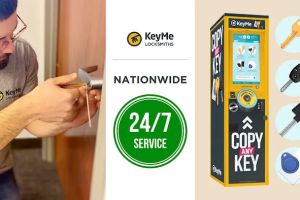

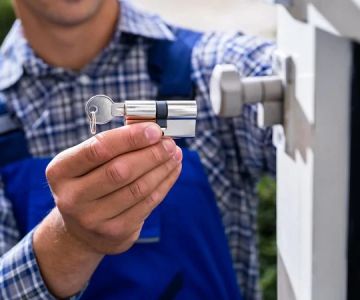

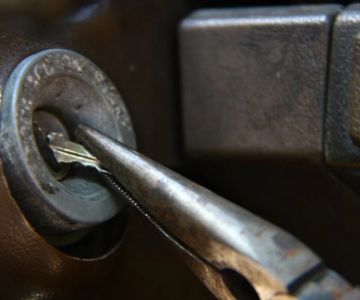
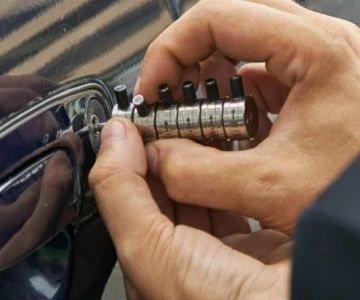

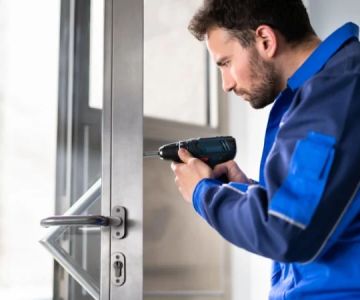
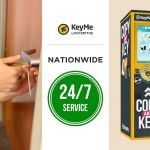 KeyMe Locksmiths3.0 (6 reviews)
KeyMe Locksmiths3.0 (6 reviews) Vandalia Locksmith4.0 (68 reviews)
Vandalia Locksmith4.0 (68 reviews) KeyMe Locksmiths4.0 (318 reviews)
KeyMe Locksmiths4.0 (318 reviews)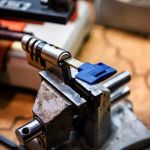 Locksmith Inc.4.0 (32 reviews)
Locksmith Inc.4.0 (32 reviews) KeyMe Locksmiths0.0 (0 reviews)
KeyMe Locksmiths0.0 (0 reviews)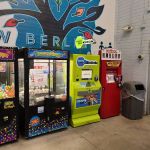 Minute Key3.0 (4 reviews)
Minute Key3.0 (4 reviews)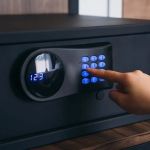 How to Choose the Right Safe for Your Valuables
How to Choose the Right Safe for Your Valuables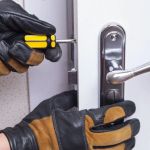 The Risks of Using Cheap Locksmith Services
The Risks of Using Cheap Locksmith Services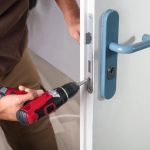 How to Choose the Right Locksmith for High-Security Lock Installation
How to Choose the Right Locksmith for High-Security Lock Installation How to Find a Reliable Locksmith for Residential or Commercial Needs
How to Find a Reliable Locksmith for Residential or Commercial Needs How to Upgrade Your Home Security With Minimal Effort
How to Upgrade Your Home Security With Minimal Effort How to Protect Your Business Assets With High-Security Locks
How to Protect Your Business Assets With High-Security Locks